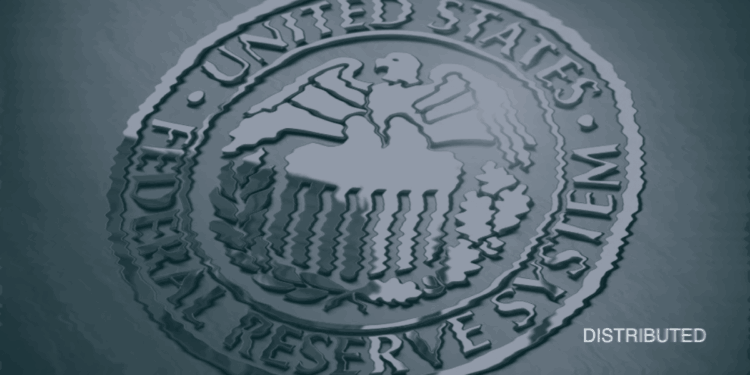In a move that has captured the financial world’s attention, the U.S. Federal Reserve has announced its latest set of capital cushions for large banks following the June stress tests. This development, reported by Reuters, marks a significant moment in the ongoing efforts to ensure the stability and resilience of America’s banking sector.
The new capital requirements, set to take effect on October 1, largely mirror the initial findings from the annual health check of major financial institutions. However, in an unexpected twist, the central bank has agreed to reduce the extra capital burden placed on Goldman Sachs, one of Wall Street’s most prominent players.
According to the Fed’s statement, Goldman Sachs will now be required to maintain a “stress capital buffer” of 6.2%, a notable reduction from the 6.4% initially suggested in the stress test results. This adjustment came after Goldman Sachs appealed to the central bank for reconsideration, a move that highlights the complex interplay between regulators and financial institutions in shaping the banking landscape.
The Fed’s decision to revise Goldman’s capital requirements was based on additional information provided by the bank. Specifically, the central bank deemed it appropriate to adjust the treatment of certain non-recurring historical expenses under the examination. This development underscores the Fed’s willingness to engage in dialogue with financial institutions and refine its assessments based on comprehensive data.
Goldman Sachs’ Chief Financial Officer, Denis Coleman, appreciated the Fed’s willingness to reconsider the matter. “We will continue to engage with our regulator to understand their determinations better and to advocate for a more transparent process,” Coleman stated, signaling the bank’s ongoing commitment to regulatory compliance and open communication with authorities.
See Related: Uncovering Vulnerabilities; EU Stress Test Exposes Risks In European Banks
U.S. Banking Sector
This latest round of stress tests and subsequent capital requirement adjustments come at a crucial time for the U.S. banking sector. As the global economy continues to navigate uncertainties, including inflationary pressures and geopolitical tensions, ensuring the robustness of major financial institutions remains a top priority for regulators.
The stress tests, designed to assess how well banks would fare under severe economic conditions, play a vital role in determining the capital buffers each institution must maintain. These buffers serve as a financial cushion, enhancing banks’ ability to withstand potential economic shocks without jeopardizing their stability or the broader financial system.
In a forward-looking move, the Federal Reserve has also announced plans to explore potential refinements to its stress testing process. This includes improving how banks report data and possible enhancements to the Fed’s internal stress test models. Such initiatives reflect the regulator’s commitment to evolving its methodologies in step with the dynamic nature of the financial sector.
As the October 1 implementation date approaches, all eyes will be on how these new capital requirements impact the strategies and operations of America’s largest banks. The ability of these institutions to adapt to regulatory changes while maintaining profitability and supporting economic growth will be crucial in the months and years ahead.



